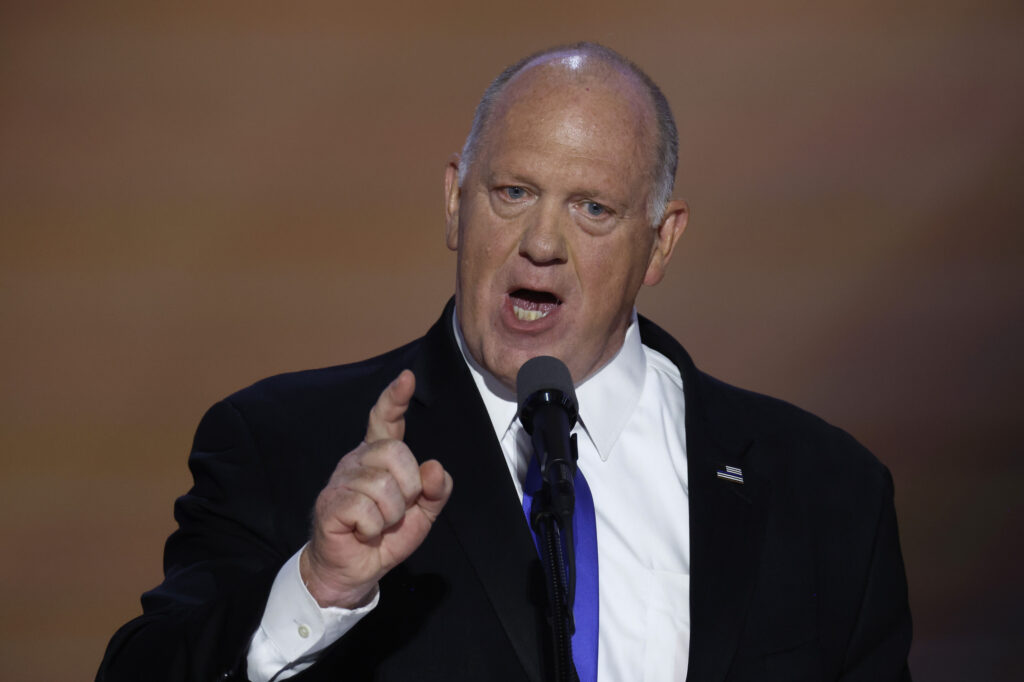NASA retaining plans to select a single Artemis lunar rover

Top Stories Tamfitronics
LAS VEGAS — NASA is not reconsidering plans to select only one company to develop an Artemis lunar rover, despite a setback in another program procuring key elements of the lunar exploration effort as a service.
NASA announced in April that it awarded feasibility study contracts to three companies — Intuitive Machines, Lunar Outpost and Venturi Astrolab — for the first phase of its Lunar Terrain Vehicle (LTV) Services contract. The one-year contracts, work on which formally started in May, will allow the companies to mature their designs for rovers that will be used by astronauts on later Artemis missions as well as teleoperated from the ground when astronauts are not present.
The agency said it will then select one of the companies to build and demonstrate its rover on the moon, after which the agency will effectively rent the rover under a services contract. The company will also be able to offer the rover to other customers when not in use by NASA.
That approach is different from other services contracts NASA is using for Artemis and International Space Station operations, from crewed lunar landers to space station cargo and crew missions, where NASA buys services from at least two providers. Doing so, the agency has argued, provides assurances that key capabilities will be available even if one provider falters.
NASA officials said at the time that limited budgets prevented the agency from selecting a second company for a lunar rover demo award. “We maintain competition as far as we can into that,” said Chris Hansen, deputy manager of NASA’s Extravehicular Activity and Human Surface Mobility program, at the Space Symposium shortly after the contract award. He said that NASA’s approach to the LTV program gives the agency “better assurance that we can stay within the budgets that we’re given to accomplish our mission.”
NASA’s approach to procuring capabilities as a service has been tested since the LTV awards. Collins Aerospace announced June 25 that it would no longer continue work on an Exploration Extravehicular Activity Services (xEVAS) task order it won from NASA in 2022 to develop a new ISS spacesuit. Those suits would have been provided to NASA under a services contract.
Collins was one of two companies selected for the xEVAS program, with NASA awarding a task order to Axiom Space to develop a suit for Artemis moonwalks. Each company also received a “crossover” task order so that Axiom could adapt its suit for the ISS and Collins its suit for the moon.
“Axiom will be continuing to work on their deep space as well as on a microgravity suit while Collins is stood down,” said Vanessa Wyche, director of NASA’s Johnson Space Center, at the AIAA ASCEND conference July 30.
Wyche added that the agency was looking at ways to maintain competition in the xEVAS program. “We want to make sure that we have competition,” she said. “We want to continue to be able to have a backup.” That could involve bringing on a new provider or doing internal “risk mitigation” activities in the event Axiom runs into technical problems, she explained.
While NASA is committed to ensuring competition with the spacesuit program, the experience with Collins has not changed its stance on the LTV services contract.
Steve Munday, LTV project manager at NASA JSC, said during a panel discussion at ASCEND July 31 that funding prevents the agency from supporting more than one company for the demonstration phase. “I would love for there to be more than one,” he said. “Budgetary constraints may force us to have one.”
“I think we all would agree that more is better for competition and for risk mitigation,” he added.
The three companies selected for feasibility studies offered few new details about their vehicles during the panel discussion. One issue that did come up was the business model for the three companies, including how much NASA will use the rover and what other customers they will have.
Munday said that NASA has two options for each Artemis mission, buying use of the rover for five months or nine months at a time as part of an annual cadence of missions. “The rest of the time is up to them,” he said of the rover operator.
Trent Martin, senior vice president of space systems at Intuitive Machines, said that companies, as part of their proposals, explain the business case for their rovers, such as planned non-NASA users. “As part of the review, NASA looked at whether or not they thought is was a financially viable business case,” he said. “Whatever we did, we had to not only say not only that our proposed price to NASA was viable, but that it was sustainable and we had real business that could close that case.”
Neither he nor other panelists went into specifics about their business models. Forrest Meyen, co-founder of Lunar Outpost, described a “nonlinear model” for use of the rover depending on the type of activities and their priority. “It’s a complex model, and it’s classified,” he said.
John Muratore, LTVS program manager at Astrolab, offered a simpler assessment, noting that operating costs of the rover are low once it is in service on the lunar surface. “We’re going to keep busy every day.”



 Hot Deals
Hot Deals Shopfinish
Shopfinish Shop
Shop Appliances
Appliances Babies & Kids
Babies & Kids Best Selling
Best Selling Books
Books Consumer Electronics
Consumer Electronics Furniture
Furniture Home & Kitchen
Home & Kitchen Jewelry
Jewelry Luxury & Beauty
Luxury & Beauty Shoes
Shoes Training & Certifications
Training & Certifications Wears & Clothings
Wears & Clothings
















